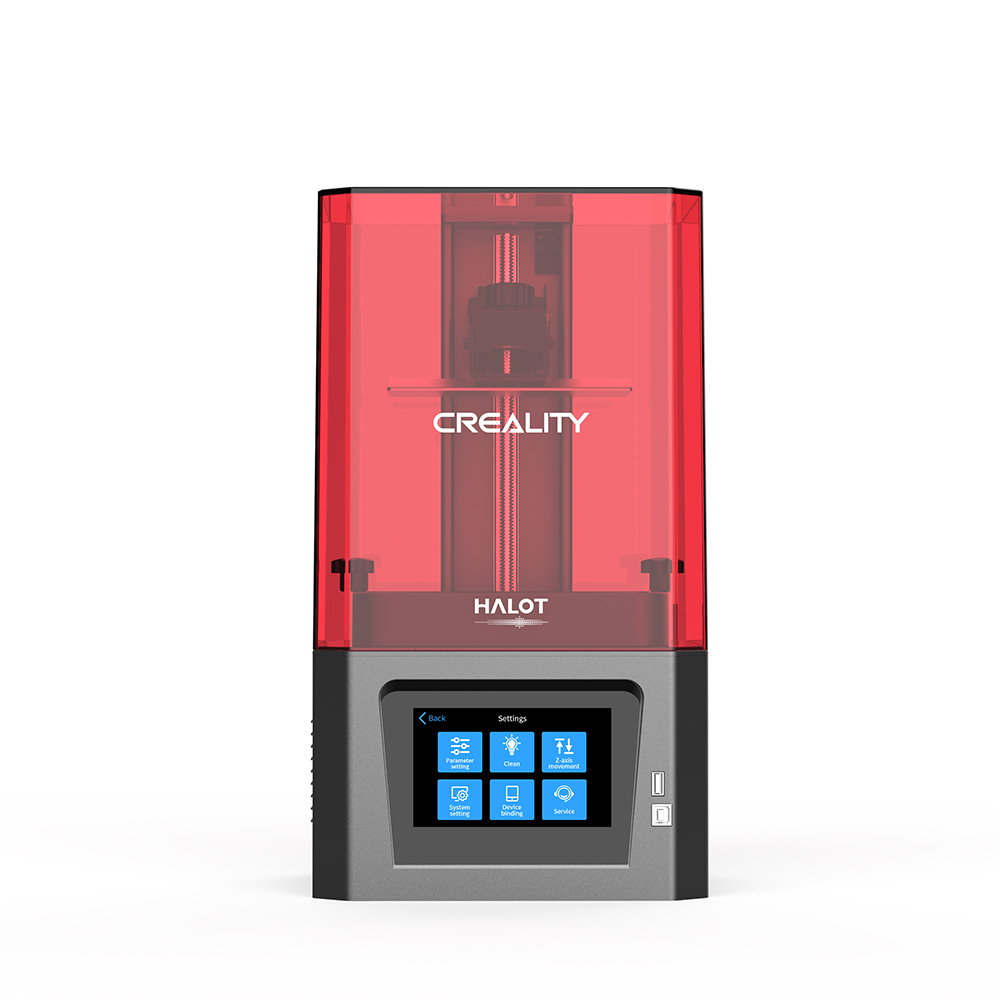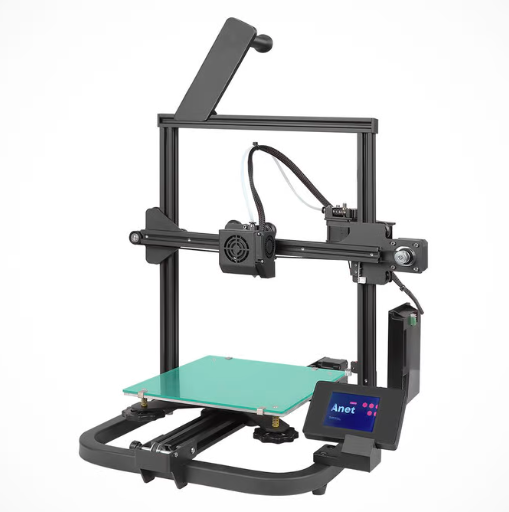Compare Halot One vs A8 V2
Comparison between the best 3D printers
Choose the best 3D printer at the best price. The cheapest 3D printers are here.
Buy a 3D printer here with 3D Fila.
 |
 |
|
| Model | Halot One |
A8 V2 |
| Printing Material | Resin | Filament |
| Buy Resin for Creality 3D Halot One | Buy Filament forAnet A8 V2 | |
| Estimated price | $250,00 | $129,00 |
| Manufacturer | Creality 3D | Anet |
| Release Year | 2021 | 2021 |
| Print Volume [mm] | 127x80x160 | 220x220x250 |
| Printer Size [mm] | 221x221x404 | 428x441x486 |
| Weight [kg] | 7,1 | 6,2 |
| Power Loss Recovery | NO | NO |
| Maximum Resolution [mm] | 2k | 0,1 |
| Processor | ||
| Display | Display touchscreen 2,8'' | |
| Power Supply | 110/220V / 250W | |
| Connectivity | SD / USB | |
| Operating systems | Windows, Mac, Linux | Windows, Mac, Linux |
| Date of registration in the system | 2022-10-11 | 2022-11-10 |
| Release date | 2021 | 2021 |
| Extra features | Crealitys Halot-One printer stands out with several innovative features. It has a high-resolution touchscreen, providing an intuitive and responsive interface. Its quiet printing capability is remarkable, ideal for environments where noise is a concern. Assembly and setup are simple, with automatic functions facilitating quick start. Among its features, remote monitoring and adjustments via the Creality Cloud app stand out, simplifying remote print management. Replacing the FEP in the resin vat is easy, and the printer even includes extra FEP sheets. Top cover removal detection increases safety by automatically pausing printing. In addition, its integral light source promises high uniformity, optimizing print quality. | The Anet A8 V2 is a Cartesian-XZ type 3D printer with a build volume of 220 x 220 x 250 mm, Ender 3 design and V-slot assembly. It has a 32-bit motherboard and touchscreen interface, promising ease of use. It uses open source firmware and has thermal failure protection. It stands out for its cable organization and the absence of a heated bed, focusing on energy savings and PLA printing. It comes with an external power adapter, aiming at greater safety, especially for beginners and educational use. |
| Support for multiple colors and materials (AMS and CFS) | NO | NO |
Notes * |
||
| Cost-benefit | 8 / 10 | 6 / 10 |
| Hardware | 0.6 / 10 | 0.6 / 10 |
| Tela | . | . |
| Print volume | 3 / 10 | 3 / 10 |
| Performance | 9 / 10 | 1 / 10 |
Conclusion |
| In comparing the Creality Halot One and the Anet A8 V2 3D printers, several factors emerge that help determine the better option based on performance, features, and pricing. The Creality Halot One, although priced higher, boasts advanced features such as a 2K maximum resolution, a user-friendly touchscreen interface, and capabilities for remote monitoring via the Creality Cloud app. Its innovative design prioritizes safety with features like automatic pausing upon top cover removal detection. Furthermore, the Halot One's quiet operation and ease of assembly highlight its suitability for both home and educational environments. The overall performance of the Halot One is significantly strong, rated 9 out of 10, making it a compelling choice for users seeking high-quality prints. In contrast, the Anet A8 V2 is designed with a larger print volume and uses open-source firmware, which may appeal to tech-savvy users and those interested in customizability. However, its performance rating of 2 out of 10 highlights its limitations, which might make it less suitable for precise or complex printing tasks. While it does come with beneficial safety features, such as thermal failure protection and a more organized cable management system, its higher weight and absence of a heated bed can limit its versatility. In conclusion, while the Anet A8 V2 is more affordable and offers a larger print volume, the Creality Halot One provides superior performance, advanced features, and user-friendly design at a higher price point. For users prioritizing quality and functionality in their 3D printing experience, the Halot One emerges as the preferred choice, reaffirmed by its strong performance ratings and innovative features. The decision ultimately hinges on whether the user values a cost-effective option with limited capabilities, or a more robust, feature-rich printer that delivers exceptional print quality. |

